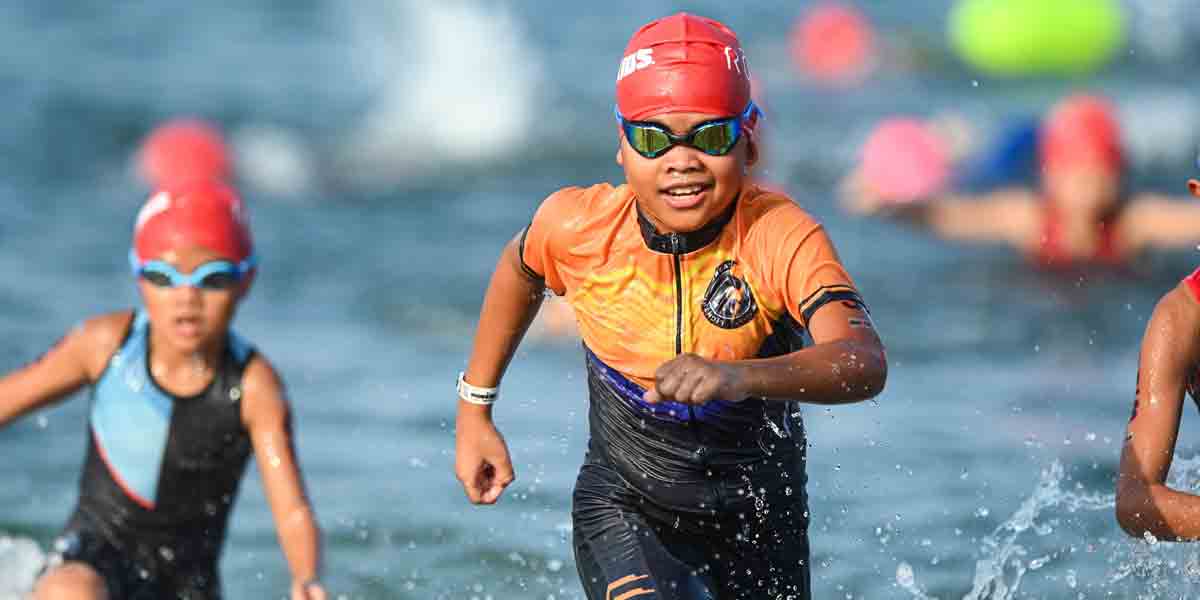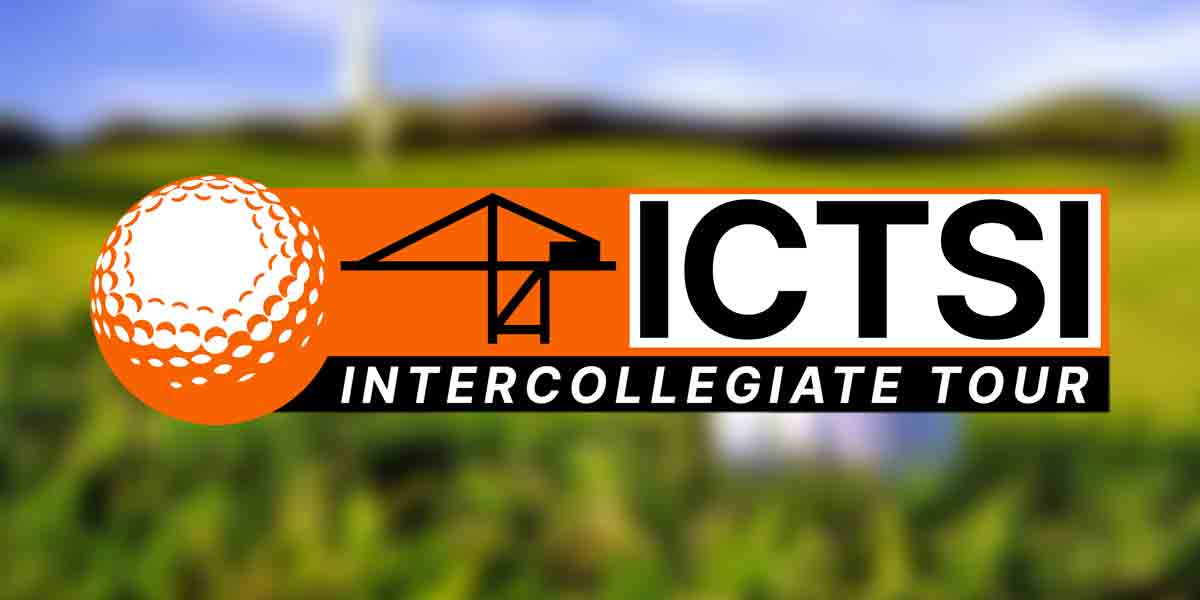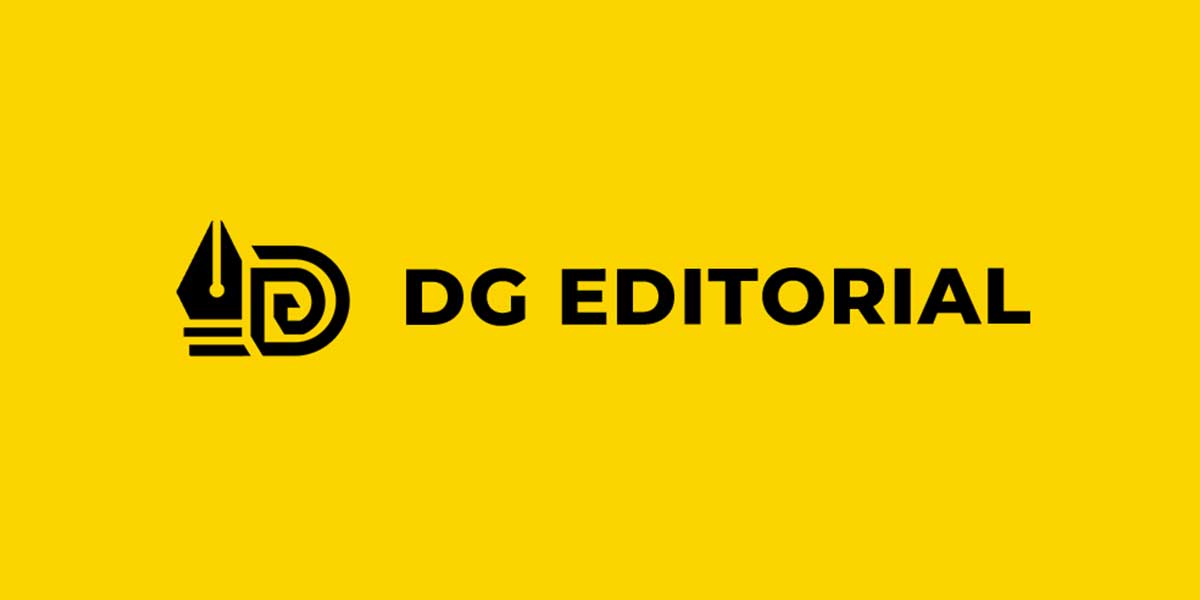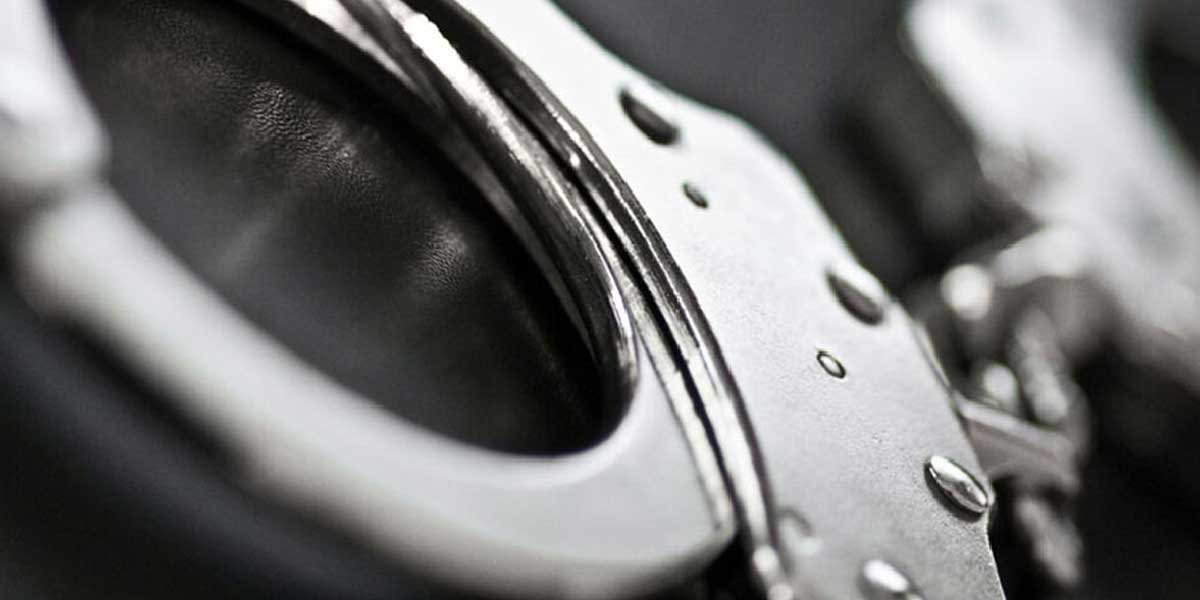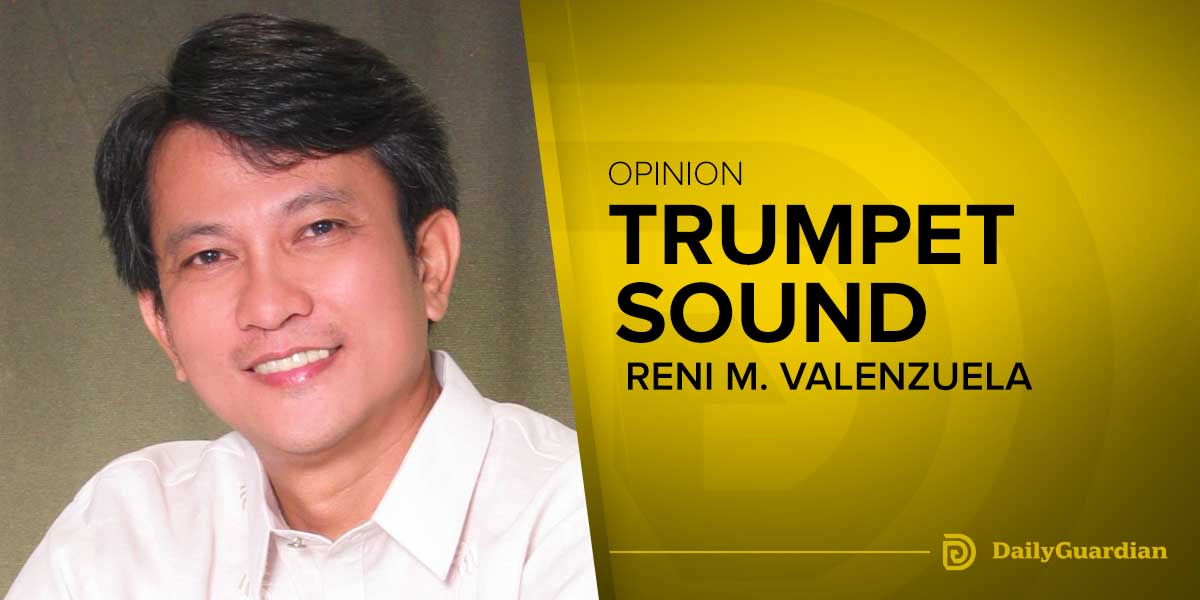
The Department of Energy has partnered with the Japan International Cooperation Agency to identify potential sites for large-scale hydropower development across the Philippines in a new three-year technical cooperation project.
Signed on June 9, the agreement, titled the “Project on Resource Inventory of Hydropower Potential Sites,” will focus on mapping areas viable for hydropower plants exceeding 100 megawatts.
The initiative, set to begin in September 2025, aims to improve the country’s energy security while boosting its clean energy transition through enhanced use of renewable sources.
The project will target impounding and pumped-storage hydropower technologies, which offer both baseload generation and grid flexibility.
“This partnership is a critical step forward in ensuring a clean, flexible, and resilient energy system,” said Energy Secretary Raphael P.M. Lotilla during the signing ceremony.
The technical cooperation marks a continuation of longstanding collaboration between the two countries in the energy sector.
In 2012, a JICA-funded study assisted the DOE in building a national hydropower database focused on small- and medium-scale projects under 100 MW.
That earlier work supported several investment rounds under the Open and Competitive Selection Process, or OCSP.
The new project will unfold in three phases, beginning with the collection of technical data including topography, rainfall, and river flow patterns.
Four sites will be surveyed in the first phase as pilot areas for pre-feasibility assessments and potential private sector investments.
JICA Chief Representative Baba Takashi highlighted the strategic importance of the initiative for both nations.
“We are pleased to be working with the DOE again on this endeavor, which will support the Philippines in achieving a secure and sustainable energy future,” he said.
The hydropower inventory is also the first technical project approved by JICA since its 2024 Data Collection Survey on climate change and green transformation.
Japan’s Minister for Economic Affairs Yokota Naobumi also attended the event and reaffirmed his country’s commitment to supporting energy and climate goals in Southeast Asia.
The DOE underscored that large-scale pumped storage systems can help manage variable renewable energy sources like solar and wind by storing excess electricity and releasing it during peak demand.
The government is banking on such technologies to complement the country’s renewable energy targets, which aim for 35 percent renewable energy share by 2030 and 50 percent by 2040.
The agency said the data generated from the mapping project will be critical in informing future rounds of the OCSP and in guiding private investors toward viable energy sites.
No budget estimate was disclosed, but officials indicated that results from the initial site surveys could unlock billions of PHP in energy infrastructure investments.
The Philippines currently operates several small hydropower facilities but lacks extensive deployment of high-capacity or pumped storage plants.
Experts see hydropower as a stable and mature technology that can provide both clean energy and critical grid support in archipelagic nations like the Philippines.












